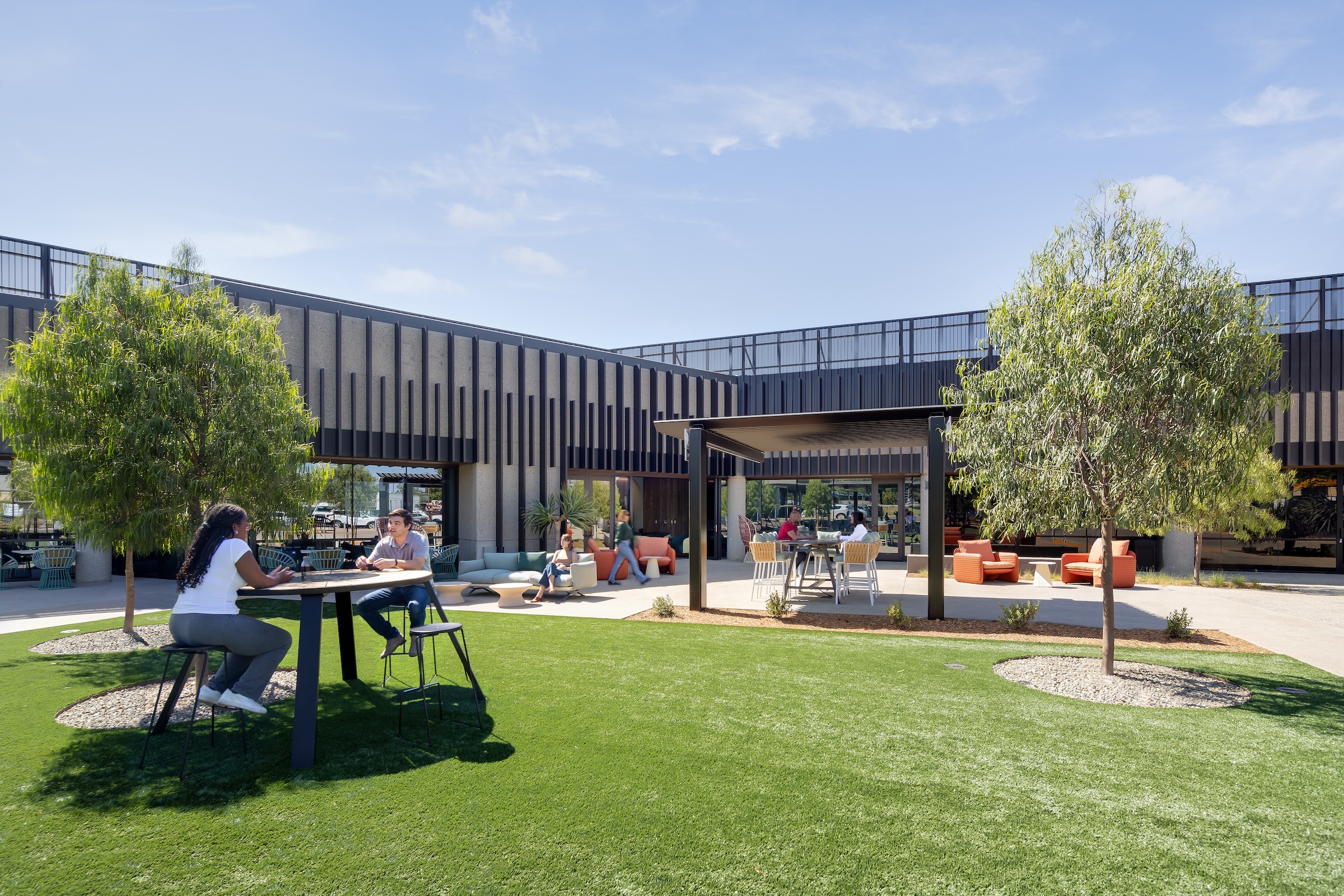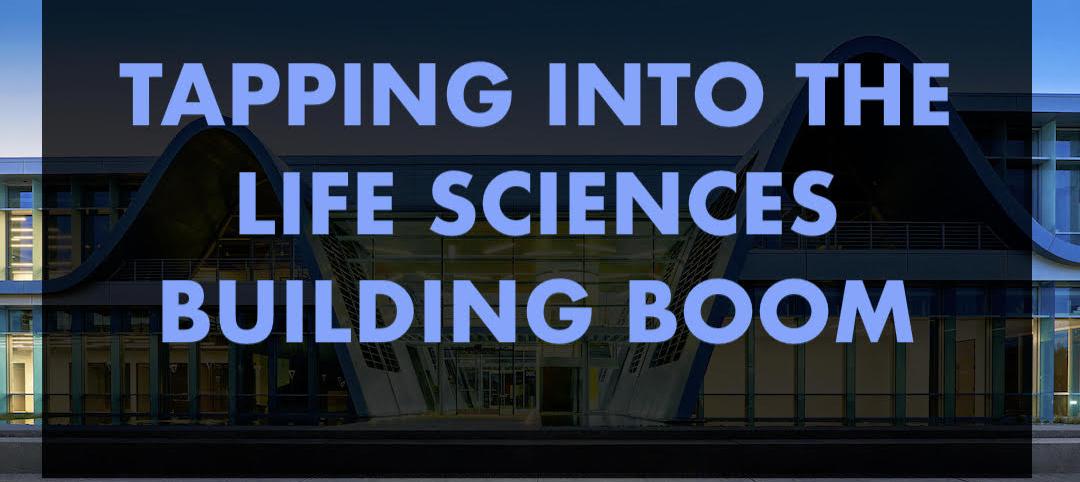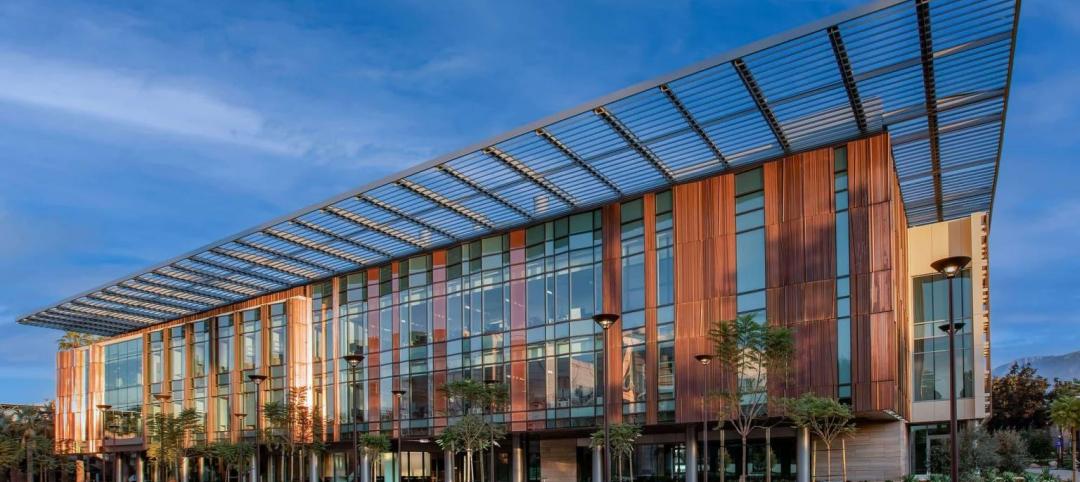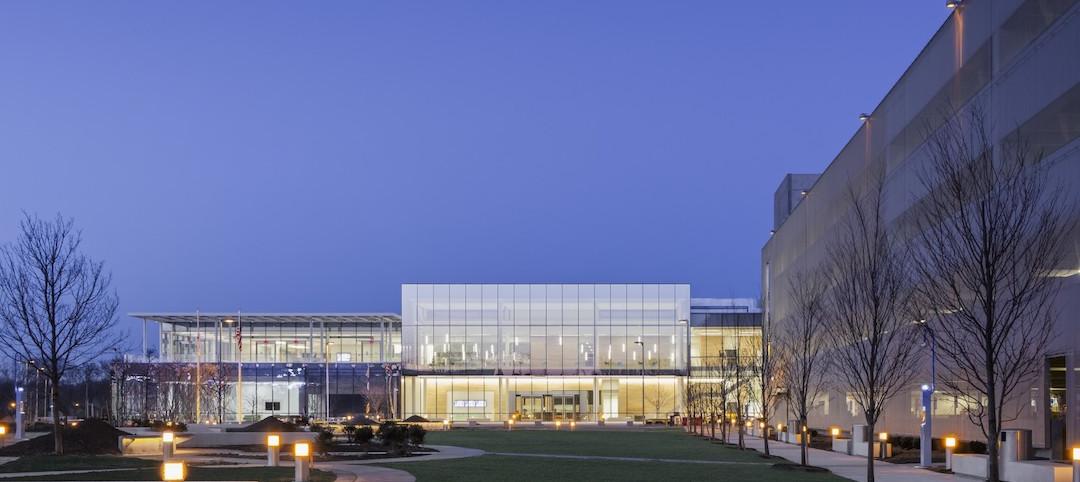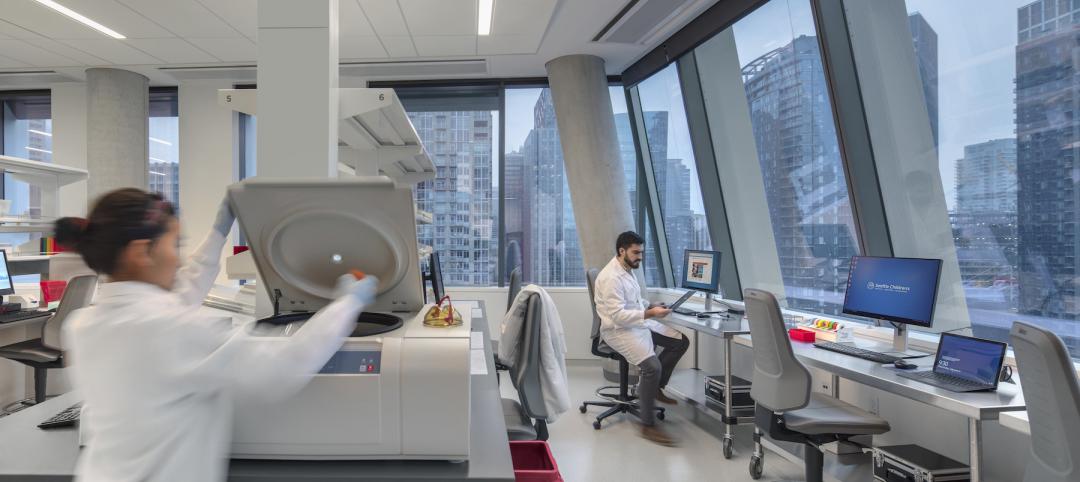The life sciences sector is transforming the real estate market, driven by breakthroughs in biotechnology, pharmaceuticals and medical research. CBRE projects that 21.3 million sf of life sciences real estate will be completed this year, a 65% increase from 13.9 million sf in 2023. This rapid growth has intensified competition for attracting tenants, particularly those seeking to secure top R&D talent. According to CBRE’s U.S. Life Sciences Talent Trends 2024 report, talent acquisition challenges are expected to persist in the industry.
To distinguish their properties, developers are partnering with architectural and design firms to reimagine life sciences facilities as vibrant, welcoming destinations. By emphasizing four key elements—wellness, collaboration, biophilic design, and community integration—they are setting their properties apart. By integrating state-of-the-art facilities with unexpected public amenities, such as breweries and outdoor “living rooms,” these developments foster a more holistic environment. This evolution not only redefines how life sciences companies engage with their communities but also demonstrates how thoughtful lab design can drive innovation, paving the way for a new era in campus development.
A Study in Wellness in Life Science Facilities
Onsite gyms were just the beginning. Life sciences campuses are embracing wellness in more holistic ways to enhance productivity and job satisfaction for the talented individuals typically confined to lab benches. Longfellow Real Estate Partners, developer of the 17-acre Centerpark Labs in San Diego, worked with interdisciplinary design firms HGA and FPBA to create versatile spaces, including indoor-outdoor seating areas, lunch spaces, and a hybrid fitness area with turf and ample space for various athletic activities.
Additionally, Cell Signaling Technology (CST), a leading provider of antibodies, kits and services, will provide employees and visitors with opportunities to connect to nature in the adjacent state park, The Monoliths, supported by a network of walking trails, overlooks, and bicycle facilities on its new research and innovation campus in Manchester-by-the-Sea, Massachusetts.
In the competitive life sciences field, talent is increasingly attracted to workplaces that prioritize well-being and work-life balance which help mitigate burnout. Thoughtfully-designed spaces that enable employees to recharge mentally and physically enhance focus, creativity and collaboration—key drivers of breakthroughs in R&D.
Architects of Insight
Lab spaces were once characterized by isolated environments, designed for scientific functionality above all else. Today, flexibility and collaboration take center stage, with architects designing spaces that remove physical barriers to foster cross-disciplinary communication and the exchange of ideas. Design teams for projects at Centerpark Labs and Cell Signaling Technology have embraced this approach by connecting office and lab spaces with glass walls, fostering transparency and interaction while maintaining workflow. Additionally, open, flexible layouts, enable teams to easily reconfigure spaces as their research evolves, enhancing adaptability in this dynamic field.
Research in Full Bloom
Biophilic design, a popular trend in the office sector, is still a relatively new concept for research facilities. Cell Signaling Technology’s new campus, located on the site of an abandoned granite quarry, will utilize the natural cliff walls and varying elevations to create visual interest, active courtyards and al fresco lounge areas. Centerpark Labs is also incorporating outdoor terraces into its buildings, enabling employees to enjoy San Diego’s warm climate—a feature more commonly seen in Big Tech campuses and modern suburban office design than in scientific facilities. Durham ID, a 1.7 million-sf mixed-use campus developed by Longfellow, directly connects lab and office employees to Morris Green Park, which the firm developed within downtown Durham, N.C.
Life sciences companies are increasingly demonstrating their growing commitment to environmental stewardship. For example, Cell Signaling Technology’s new R&D campus is designed to eliminate the use of fossil fuels and achieve net-zero emissions—a dramatic transformation from its previous life as an environmentally depleted quarry site. By using sustainable materials, energy-efficient practices and preserving local flora, life sciences campuses not only contribute to a healthier planet while creating inviting spaces that attract eco-conscious talent. This approach reinforces company values and fosters a stronger connection between employees and their environment.
Life science campuses as destinations for the community
By integrating public-facing amenities such as restaurants, retail spaces and residential elements, life sciences facilities are becoming community-centric destinations that offer significant value for tenants and the local economy. Durham ID and Centerpark Labs have introduced features like onsite taquerias, coffee shops, yoga studios, and even a brewery to encourage public interaction and increase foot traffic. Durham ID’s mixed-use design, which integrates residential units, offices, retail and lab spaces, further stimulates local engagement, creating a strong sense of community for those who live, work and play in the area.
Wellbeing Transcends Industries
The transformation of life sciences campuses from isolated laboratories to vibrant hubs of activity reflects the growing importance of wellness and collaboration in today’s workplaces, regardless of the field. By creating innovative, flexible spaces that prioritize collaboration and well-being, architecture firms are meeting current needs while anticipating future industry demands. Their ability to create environments that foster innovation, sustainability, and community engagement will be essential in attracting and retaining top talent.
In this rapidly evolving landscape, the partnership between life sciences companies and architecture firms will be essential in creating vibrant hubs for research and discovery that drive innovation and progress. These next-generation campuses offer much more than functional lab spaces; they create dynamic environments where science, community and creativity converge.
Related Stories
Giants 400 | Dec 31, 2021
2021 Science and Technology Sector Giants: Top architecture, engineering, and construction firms in the U.S. S+T facilities sector
HDR, CRB, Jacobs, Skanska USA, and Whiting-Turner Contracting Co. top the rankings of the nation's largest science and technology (S+T) sector architecture, engineering, and construction firms, as reported in the 2021 Giants 400 Report.
Laboratories | Nov 18, 2021
Tapping into the life sciences building boom
Paul Ferro of Form4 Architecture discusses how developers are pivoting to the life sciences sector, and what that means for construction and adaptive reuse.
2021 Building Team Awards | Nov 17, 2021
Caltech's new neuroscience building unites scientists, engineers to master the human brain
The Tianqiao and Chrissy Chen Institute for Neuroscience at the California Institute of Technology in Pasadena wins a Gold Award in BD+C's 2021 Building Team Awards.
Laboratories | Nov 17, 2021
New report finds a biopharma industry being reshaped by disruption
Industry respondents to CRB’s survey weigh in on project delivery, digitization, and off-site manufacturing for life sciences construction.
Laboratories | Oct 14, 2021
‘Next-generation’ Quest Diagnostics lab unveiled in New Jersey
Mark Cavagnero Associates designed the project.
Laboratories | Aug 31, 2021
Pandemic puts science and technology facilities at center stage
Expanding demand for labs and life science space is spurring new construction and improvements in existing buildings.
Giants 400 | Aug 30, 2021
2021 Giants 400 Report: Ranking the largest architecture, engineering, and construction firms in the U.S.
The 2021 Giants 400 Report includes more than 130 rankings across 25 building sectors and specialty categories.
Laboratories | Aug 30, 2021
Science in the sky: Designing high-rise research labs
Recognizing the inherent socioeconomic and environmental benefits of high-density design, research corporations have boldly embraced high-rise research labs.
Laboratories | Aug 25, 2021
Lab design strategies for renovations and adaptive reuse
Lab design experts in HOK’s Science + Technology group outline the challenges organizations must understand before renovating a lab or converting an existing building into research space.
Architects | Aug 5, 2021
Lord Aeck Sargent's post-Katerra future, with LAS President Joe Greco
After three years under the ownership of Katerra, which closed its North American operations last May, the architecture firm Lord Aeck Sargent is re-establishing itself as an independent company, with an eye toward strengthening its eight practices and regional presence in the U.S.


